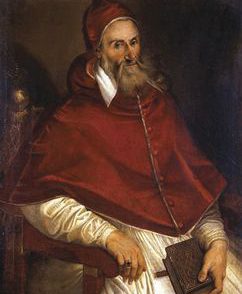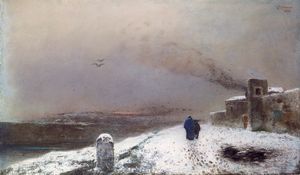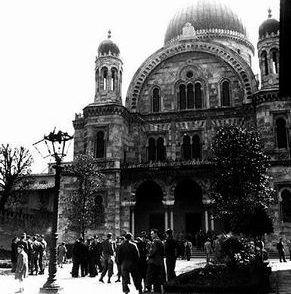As I browsed in the Uffizi bookshop, a modest little paperback entitled 15th Century Paintings grabbed my attention. Glancing at the back of the book, I calculated that for the price of eight postcards, I could readily own this well-printed and profusely illustrated volume.
But then I had a moment of doubt: how could this slim book of 191 pages possibly do justice to such a vast topic? On the spine was the logo of the quirky and often provocative Red Star Icon Series produced by the ever-reliable German art publishers Taschen. Turning to the preface, I discovered that the aim of the husband-and-wife authors was ‘not to teach art history but to focus our attention on a specific image’ and to listen to ‘What Great Paintings Say’.
The co-authors, Rose-Marie and Rainer Hagen, discuss 18 European masterpieces. Each painting is given 10 pages of analysis, with at least one colour illustration on each double page of print. The emphasis is always on unravelling the many mysterious elements found in both secular and religious art of the period. The authors provide (usually convincing) answers to the kind of questions asked by the 10-year-old usually standing next to you in an art gallery. They even manage to offer credible responses to the difficult queries posed by the 10-year-old ‘child’ who resides inside your own head.
The slightly iconoclastic attitudes of the two authors are revealed by the subtitles given to each of the 18 essays. Bosch’s The Haywain is described as ‘A cart trundles towards damnation’; Witz’s The Miraculous Draught of Fishes raises the question, ‘What is Christ doing beside Lake Geneva?’; Gozzoli’s Procession of the Magi is headlined ‘A family sings its own praises’; and Jan van Eyck’s The Arnolfini Marriage becomes ‘An Italian in Bruges’.
15th Century Paintings is a delightful gem of a book: affordable, beautifully produced (as is the case with any Taschen publication), a neat combination of academic rigour and witty insights, with a concise appendix listing the sources for the historical background to each painting. What makes this book even more attractive to a reader of The Florentine is that four of the 18 masterpieces can be viewed in Florence.
This is an irresistible purchase for anyone seeking to increase enjoyment when encountering, especially for the first time, a great work of art. Seeing, appreciating and, as the book suggests, ‘listening’ to a masterpiece is a skill that we can develop if we look with an open mind and we should remind ourselves of the words of St. Augustine, ‘the hidden meanings are the sweetest’.
15th Century Paintings
by Rose-Marie and Rainer Hagen
Icons Series published by Taschen GmbH (2001)
Retail price: 7.99 euro







